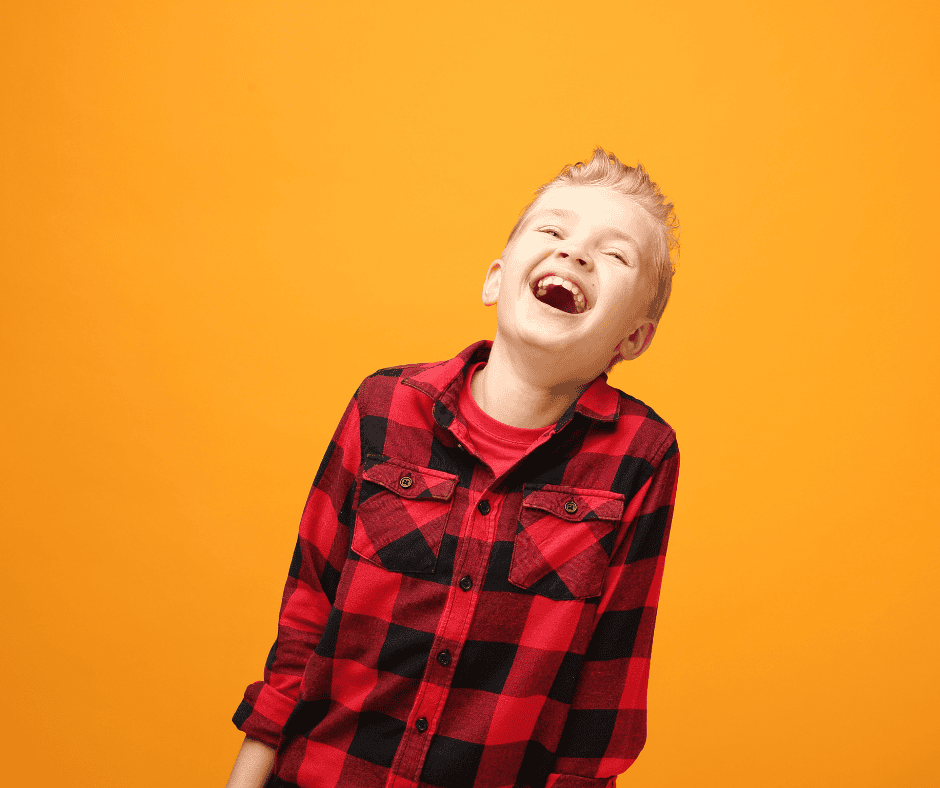Is EEG Neurofeedback Therapy effective for the Treatment of Concussion?
Biofeedback is a broad umbrella term, and EEG Neurofeedback therapy falls under it. EEG Neurofeedback therapy is a research-backed therapy that helps treat neurological conditions. Since concussion changes brainwaves negatively, Neurofeedback helps with improving the brainwave activity. Let us take a deep dive and learn how EEG Neurofeedback therapy works.
EEG Neurofeedback therapy is an easy, simple, and painless way. It empowers specialists to determine which mind waves are changed and afterward equip patients with EEG-based protocols to restore the brain’s rhythm.
Neurofeedback offers momentary data about changes in the brain’s electrical action. The mind movement is recorded and contrasted with targets set for change each half-second.
Research has demonstrated the viability of EEG Neurofeedback therapy in treating concussion symptoms. For instance, a 17-year-old female athlete experienced two continuous concussions with migraines. She was given 22 sessions of EEG-directed Neurofeedback therapy, which normalized her mental activity, and side effects dispersed.
Hence, EEG neurofeedback therapy is effective for the treatment of concussion.
How does Neurofeedback for athletes affect a person’s performance at playing sports?
Neurofeedback further develops brain activity, which works on an athlete’s capacity to perform at their best. Neurofeedback for athletes improves their performance at games in numerous ways.
1. Improves Attention and Concentration
Sports performance puts weighty expectations on the mind to concentrate while at the same time disregarding distractions in the surroundings. Neurofeedback for athletes works on their ability to focus while maintaining elevated brain activity.
2. Works on Emotional Control
Being an athlete is quite challenging, and one of those challenges is the capacity to perform without being affected by emotional triggers. Anxiety over an impending major game or the strain to perform at the optimal best can adversely impact an athlete’s performance. Neurofeedback for athletes settles their state of mind and emotional insight, including the capacity to adapt to pressure so an athlete can perform ideally.
3. Delays Cognitive Degeneration
As individual ages, the mind usually decreases in specific regions, like memory. Similarly, as an individual should exercise the body to keep in actual prime shape, readiness for the brain is additionally essential to keep the mind working at its ideal. Neurofeedback for athletes is an exercise for the brain to keep up with its most high capacity. As athletes age, performance quality doesn’t debilitate as it usually would, as their minds stay in top condition.
4. Reestablishes Brain Function After Concussion
Athletes experience the ill effects of traumatic brain injury because of sports very often. Because of frequent concussions, troubles emerge in neurological functioning. Neuroplasticity is simply the mind’s innate capacity to revamp by making new neural pathways and connections. Neurofeedback can help the brain to work normally with the help of neuroplasticity.
A comprehensive “Concussion Recovery Program.”
Usually, a few weeks are required to return to normal after a concussion. However, there is a possibility that symptoms might last longer. There are a few general steps included in a speedy concussion recovery program. Do not forget that each concussion is unique, so every individual requires a customized concussion recovery program based on their concussion symptoms.
Adequate Rest
The symptoms are more severe in the initial days, so cut back on strenuous activities to avoid worsening symptoms. Take plenty of rest, good sleep, and avoid activities that put you at risk for another concussion.
Add mild activities
Once you start to feel better, move along with adding mild activities to your routine. Indulge in relaxing activities. If the symptoms do not worsen during an activity, continue doing it. However, if symptoms worsen, drop that activity altogether or cut back on it until it is tolerated.
Moderate Activity
Once you have almost recovered and symptoms are mild, you can return to most regular activities but do not push it too far and take frequent short breaks if concussion symptoms worsen.
Back to Normal Routine
Your concussion recovery program has worked in your favor, and you have fully recovered from a concussion when you can do all your regular activities without experiencing any concussion symptoms.
Sources:






